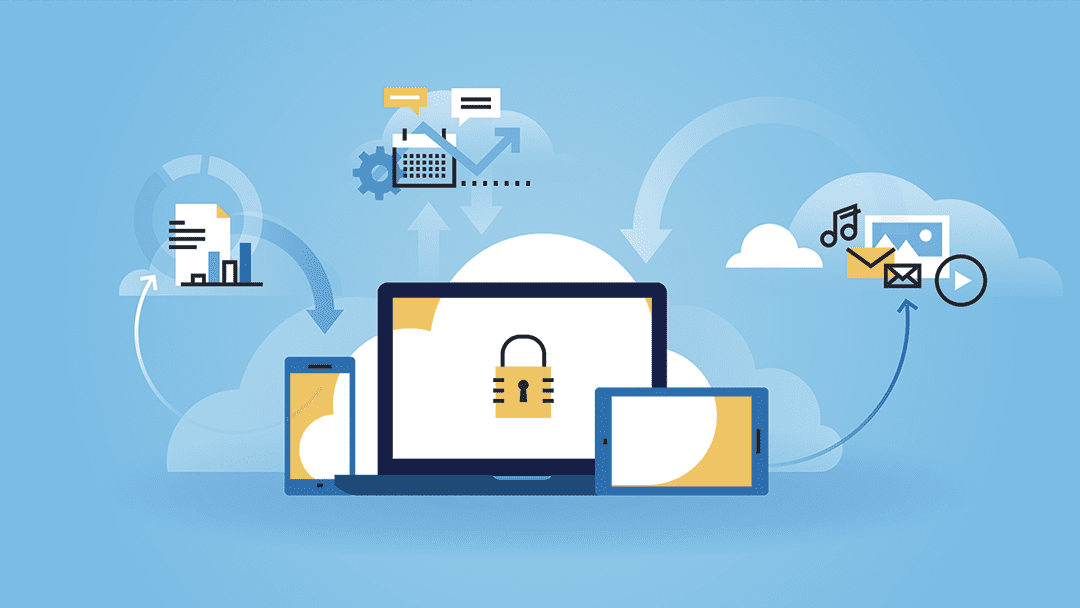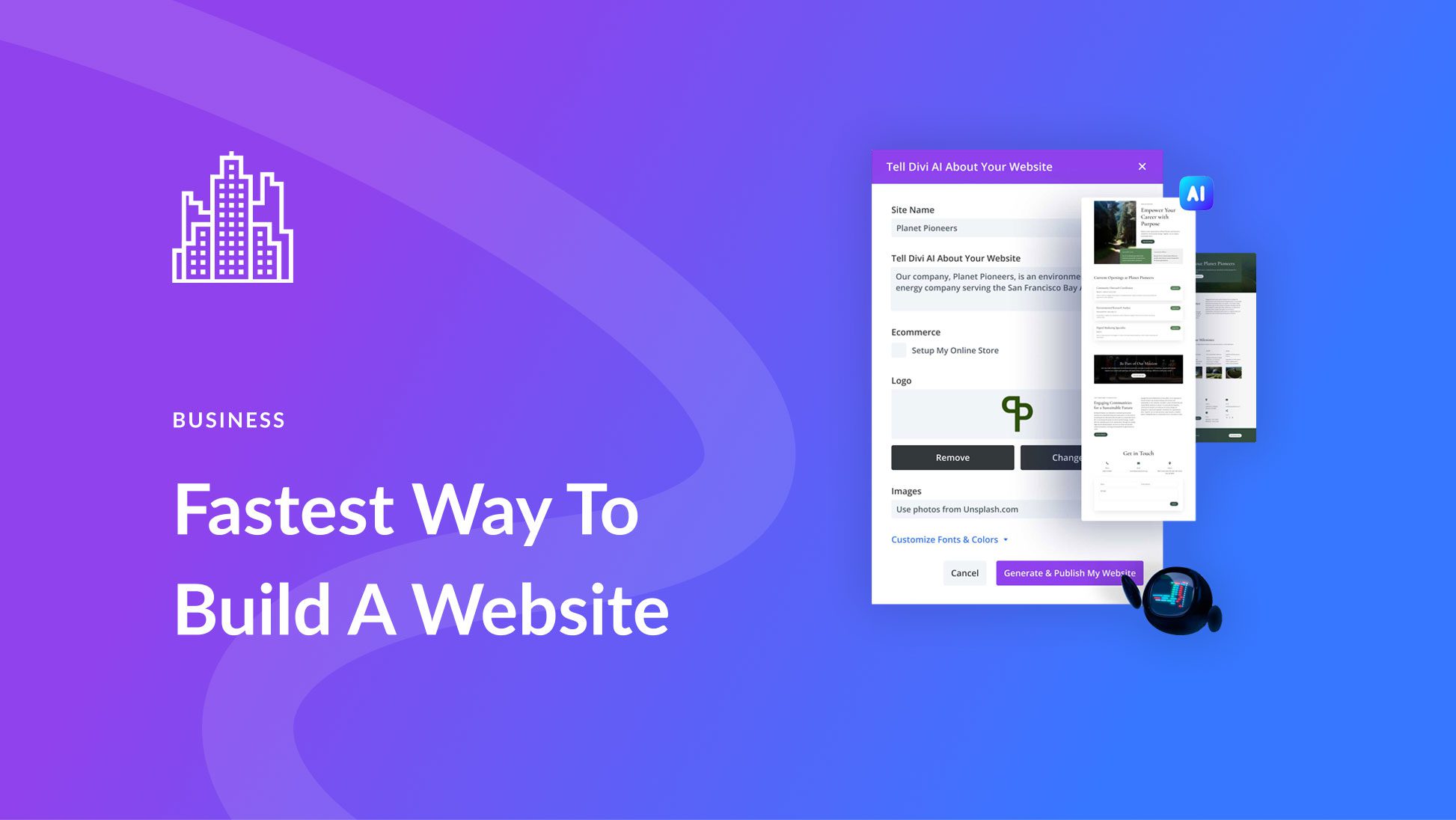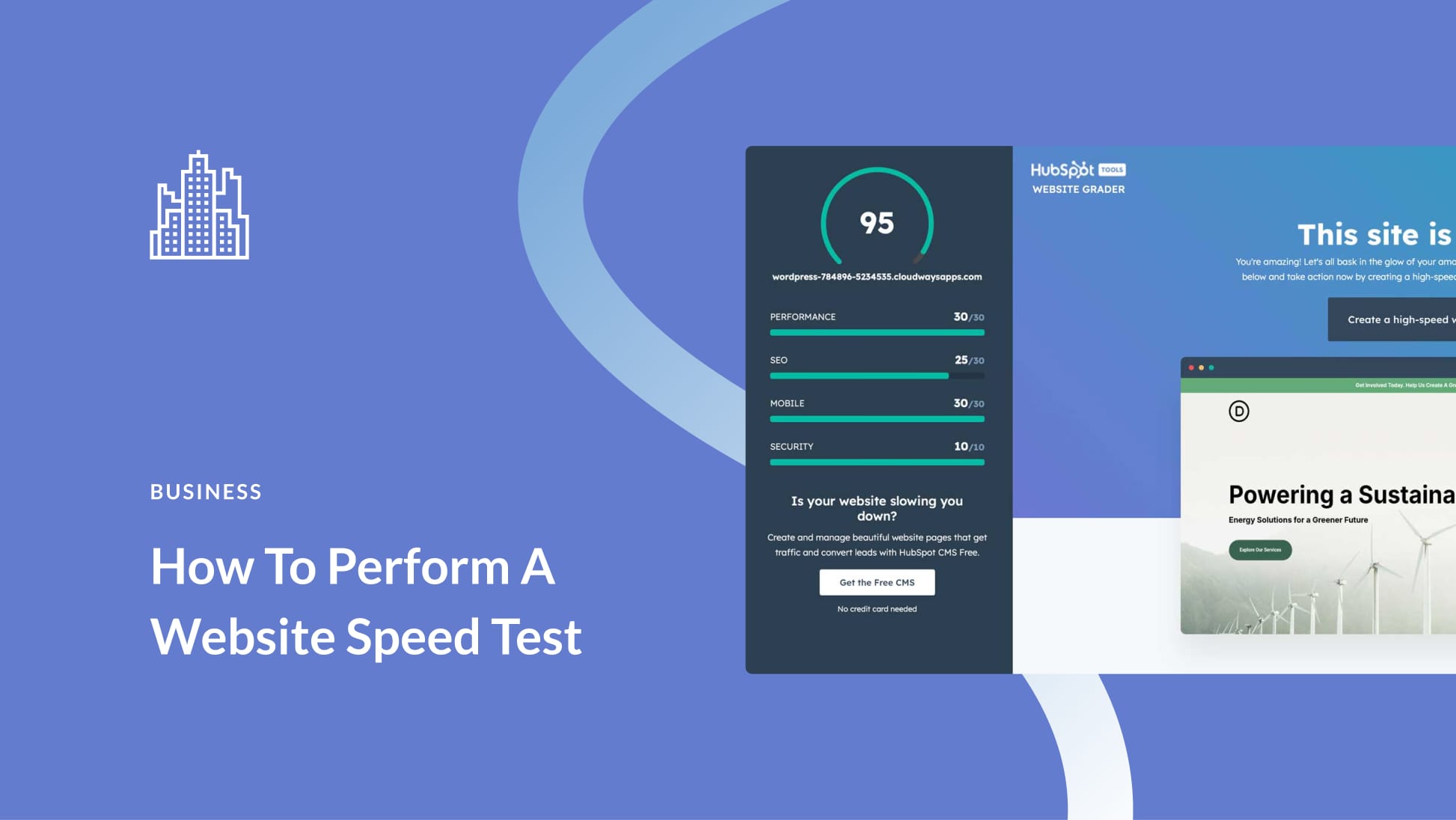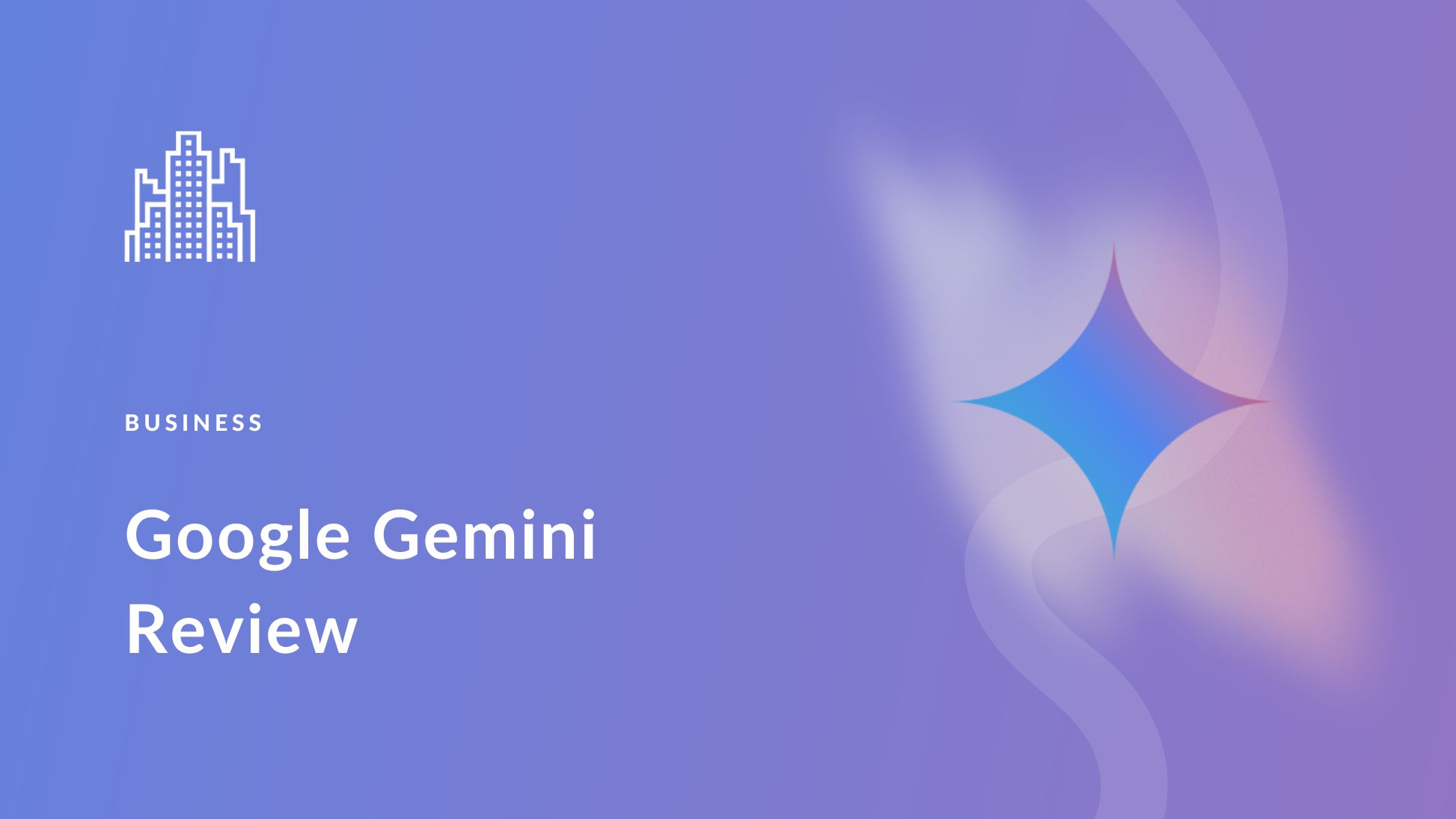Cloud computing is an essential part of the virtual world, and there are many ways individuals and companies can take advantage of it. IaaS, PaaS, and SaaS play important roles in cloud computing. The real question is which is right for you: IaaS vs PaaS vs SaaS?
Services that exist in the cloud are popular because they allow for remote access to software without physical hardware. They’re scalable, shareable among multiple users, and accessible any time. This has revolutionized how teams work, both remotely and in a physical office.
IaaS, PaaS, and SaaS all provide different features and levels of support to users. They make it simple to move your business to the cloud. The trick is determining which type of service is best for you and your needs.
Here’s what you need to know about IaaS vs PaaS vs SaaS.
Infrastructure as a Service (IaaS)
Infrastructure as a Service (IaaS) offers users everything needed for virtual computing. It delivers software online, provides remote servers, and eliminates the need for on-site network and systems infrastructure.
In IaaS, the vendor covers networking, data management and storage, virtualization, and servers. The user manages middleware, runtime, data, execution, and the operating system.
IaaS is great for systems administrators who want to manage servers in the cloud instead of a physical location. It’s also an option for developers who want to build their programs themselves. IaaS is more flexible and scalable for developers.
The downsides of using IaaS include the number of factors you have to manage on your own. There are also potential issues with cloud-based networks or servers, and issues with security or performance.
Examples of IaaS: Google Compute Engine, Cisco Metapod, Rackspace, Amazon Web Services (AWS) EC2, Magento 1 Enterprise Edition, Linode, Microsoft Azure, and DigitalOcean.
Monetizing IaaS
When considering IaaS vs PaaS vs SaaS, it’s important to think about how you might be able to monetize your choice. IaaS can be directly monetized through app development and systems administration services. Developers can also sell their apps directly to users.
Developers and systems admins can utilize IaaS tech to serve clients. Additionally, developers who want to sell their apps can then monetize apps developed via IaaS software. Here are a few real-world examples of how IaaS results in earnings and cost savings:
- Developers use Google Compute Engine for storage and to scale their apps and services.
- Organizations can centralize their servers and cut migration costs significantly by using Rackspace.
- Developers use DigitalOcean’s developer cloud and built-in API in their product development.
Products as a Service (PaaS)
Products as a Service (PaaS) consist of cloud-based hardware, software, and development environments where developers can build software. It consists of a cloud-based server, operating system, database, and a place to execute programming languages. Essentially, it gives groundwork and materials to developers. They can then build applications, VR, gaming tech, content delivery systems, AI, and more.
With PaaS, it’s not necessary to manage all parts of the framework. That’s the vendor’s responsibility. This allows developers to focus on end-to-end app creation. Using a PaaS structure helps speed development time and time to market. Plus, it’s scalable depending on the developer’s needs.
When you use PaaS software, you’re likely to be limited to the tools and programming languages available within the framework. Additionally, you risk not being able to migrate your app elsewhere in the future. If you’re thinking about using IaaS vs PaaS vs SaaS, knowing your limitations will help you decide what to choose.
Examples of PaaS: Heroku, Windows Azure, Google App Engine, Red Hat OpenShift, AWS Elastic Beanstalk, Force, and Magento Commerce Cloud.
Monetizing PaaS
You can monetize PaaS by developing apps, whether for a client or for yourself. Here are a few examples of how PaaS can be monetized:
- Heroku allows developers to build data-driven apps within their framework.
- AWS Elastic Beanstalk allows developers to scale, build, and deploy apps, websites, API infrastructure, and more.
- Developers use Red Hat OpenShift to manage, build, and deploy apps.
Software as a Service (SaaS)
Software as a Service (SaaS) is third-party software based in the cloud and managed by the vendor. SaaS allows users to subscribe–annually or monthly–to utilize specific software and applications any time you need them. Subscriptions to SaaS services tend to be affordable. Their price depends on the service and how robust the platform is.
SaaS is ideal for end users and generally doesn’t require installation on a laptop or desktop in order to access or run it. Instead, it’s web-based. You can provide access to multiple users, making SaaS great for collaborative teams.
The downside of SaaS is that sometimes, internet or network problems can interfere with the software. With most SaaS programs, downtime doesn’t happen often, but when it does, it can interfere heavily with workflows.
Examples of SaaS: Dropbox, Google Apps, Cisco WebEx, GoToMeeting, Hubspot, Salesforce, DocuSign, ConvertKit, BigCommerce, Concur, Slack, ZenDesk, MailChimp, and more.
Monetizing SaaS
SaaS services can be monetized in many different ways. You can make money from SaaS when you use it to serve clients, educate and engage your audience, or close sales. Additionally, you can develop your own SaaS solutions for end users.
When you consider monetizing IaaS vs PaaS vs SaaS, there are many possibilities. SaaS is versatile for end-user products and services. Here are a few ways SaaS apps help companies and individuals make money:
- Salesforce and Hubspot are CRMs that help business owners and sales teams stay engaged with their prospects, which helps to close sales.
- MailChimp and ConvertKit help businesses stay engaged with their audiences, who then purchase products and services.
- Google Cloud, DropBox, and Slack are subscription-based services that teams pay for in order to store files, communicate, and work more collaboratively in the cloud.
Conclusion
Cloud computing allows for maximum flexibility and scalability, especially because it’s not restricted by physical hardware or office space. As a result, cloud computing allows remote teams to work more seamlessly and effectively than ever.
Whichever solution you choose, there are many options to help you and your team move into cloud computing. Let’s recap the three major types of cloud computing and how they can help your business:
- IaaS allows systems administrators and developers to manage their networks and build apps in the cloud.
- PaaS services give developers the framework and tools they need to build their own apps.
- SaaS gives individuals and teams a wide variety of tools to make their work easier, including file storage platforms, virtual workspaces, email marketing platforms, and more.
What’s are some of your favorite cloud computing solutions? Do you prefer IaaS vs PaaS vs SaaS? Let us know in the comments!
Featured Image via PureSolution / shutterstock.com









As a software engineer myself, I have been working on building SaaS for multiple years now but I really didn’t have many ideas on the differentiation between these three. I can say we definitely use all three of the products in our company based on different use cases. And it’s really very important for one to understand which to use when. And costing does play a very important role while selecting one of these services.
IaaS is a coined for Infrastructure as a Service as opposed to SaaS or Software as a Service. IaaS was derived from Managed Services wherein instead of selling Equipment on an outright model, the equipment is provided as part of a service. This means that the Buyer do not own the equipment but instead pay for its usage on a perpetual basis.